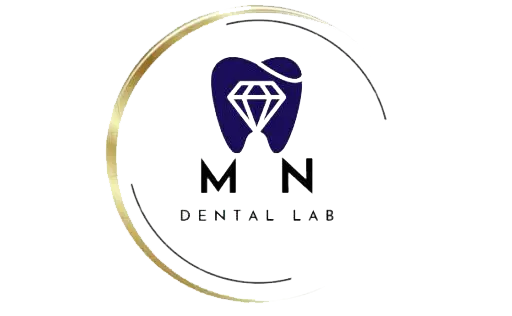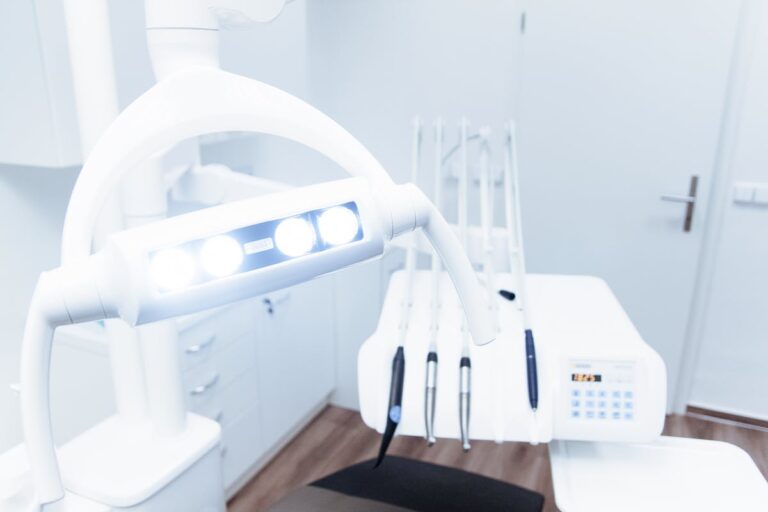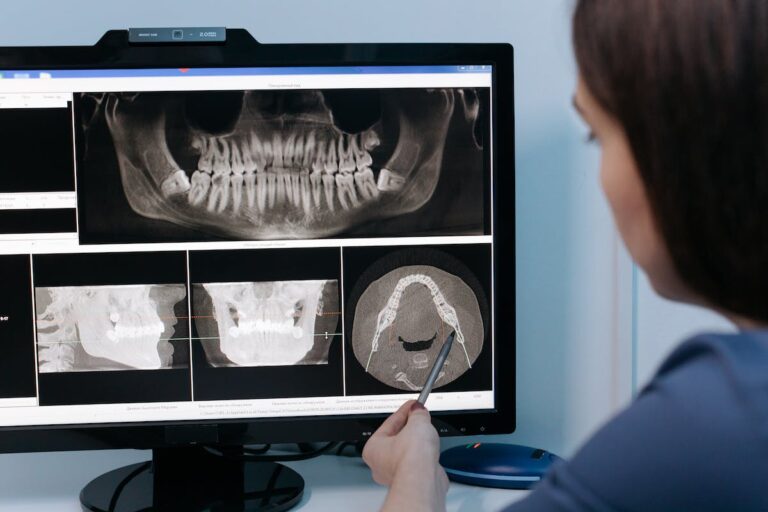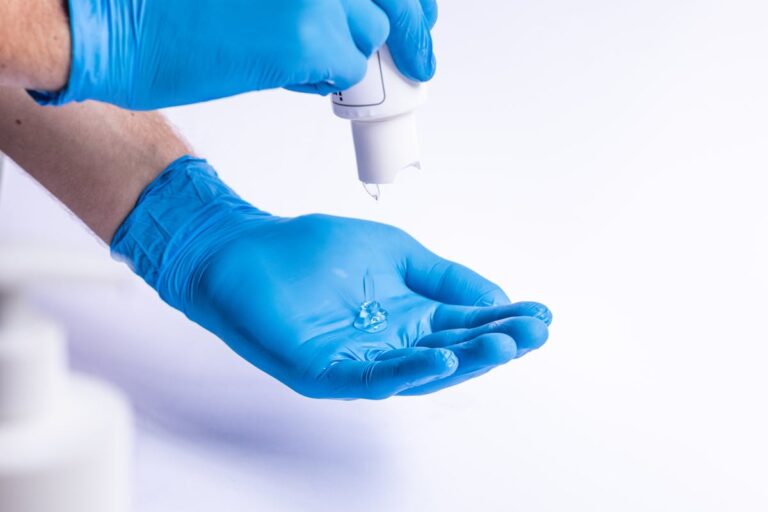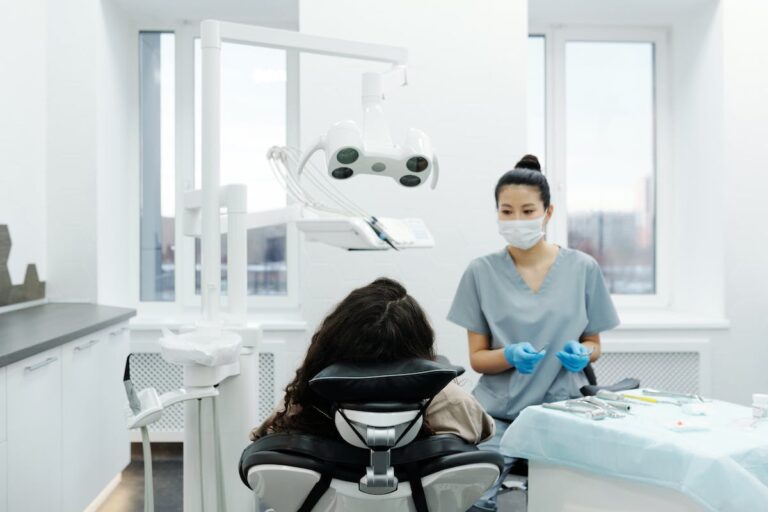In the dynamic field of dentistry, advanced technology integration is key to practice efficiency. Selecting dental equipment, customized to a practice’s needs, can elevate patient care quality, procedure accuracy, and dental office productivity. Adopting digital imaging systems, using CAD/CAM technology for restorations, investing in top-notch sterilization equipment, and comfortable dental chairs all contribute to a modern, patient-focused setting. Navigating dental equipment selection with the vast market options can be complex. The goal is to ensure optimal investment returns and superior patient outcomes. This discussion offers a detailed guide on dental technology integration for informed decision-making.
Understanding Dental Technology Integration
Dental technology integration, a central aspect of the Digital Dentistry Evolution, involves the cohesive use of advanced tools and systems to enhance the efficiency of dental procedures, optimize workflow, and improve patient care. This integration is pivotal in patient education, utilizing tools like intraoral cameras and digital X-ray systems to generate real-time images of a patient’s oral cavity for clear demonstrations of dental health status and treatment options. This approach simplifies complex dental procedures, enabling patients to make informed decisions about their oral health. Thus, dental technology integration streamlines dental operations and improves patient satisfaction.
Benefits of Modern Dental Equipment
Modern dental equipment boosts dental healthcare by enhancing treatment efficiency. Advanced tools allow dental professionals to execute procedures with precision and speed. Their durability and multi-functionality offer cost-effectiveness, making them a wise investment for dental practices aiming to optimize operations and patient care.
Enhanced Treatment Efficiency
Modern dental equipment boosts treatment efficiency, benefiting both dentists and patients. Advanced technologies ensure accuracy, precision, and reduced treatment time. Efficiency metrics tracking, a key feature, allows dentists to monitor performance indicators, assess productivity, and optimize operations. Further, patient comfort is a priority in modern dental equipment designs. Ergonomic designs, noise reduction, and less invasive techniques improve patient experiences and enhance treatment outcomes. In summary, contemporary dental equipment enables efficient dental practices, advancing healthcare services in the dental industry.
Cost-Effective Equipment Choices
Modern dental tools offer efficiency, comfort, and cost-effectiveness, validating their integration in the dental industry.
- Financing options: Vendors provide flexible plans, facilitating practices to acquire advanced tools without large initial spending.
- Green equipment: Eco-friendly dental tools consume less energy, leading to long-term cost savings.
- Durability: Modern equipment lasts longer, lowering the frequency of replacements.
- Efficiency: Cutting-edge technology accelerates procedures, decreases labor costs, and boosts patient throughput.
Essential Dental Equipment Selection Criteria
When choosing dental equipment, key criteria include financing, sustainability, and usability. A reliable financing plan is vital, enabling the acquisition of high-quality, technologically-advanced equipment, thereby improving services, patient satisfaction, and potential revenue growth.
Sustainability is a crucial factor, with preference for durable, environmentally-friendly equipment. Dental practices should aim for waste minimization and carbon footprint reduction, thus equipment that is serviceable over time and energy-efficient or reliant on renewable energy is ideal.
Practicality and user-friendliness are important considerations. Equipment needs to be easy to operate and maintain, and should smoothly integrate with existing systems. This careful selection process contributes to efficient, sustainable dental operations.
Digital Imaging Systems in Dentistry
In the sphere of dentistry, digital imaging systems have significantly transformed diagnostics and treatment planning. Their integration has enhanced precision and efficiency in dental care.
- Digital Radiography Benefits: Compared to traditional film radiography, digital radiography presents an immediate imaging capability, radiation exposure reduction, image manipulation capacity, and efficient data storage and retrieval.
- X-ray Sensor Types: Digital x-ray sensors are categorized into Computed Radiography (CR) and Direct Radiography (DR). CR uses a phosphor plate for imaging, requiring digital scanning, whereas DR sensors yield instant digital images.
- Image Quality: High-resolution images produced by digital imaging systems can be enlarged and enhanced, enabling precise diagnoses and accurate treatments.
- Efficiency and Environmental Impact: Digital systems negate the requirement for film processing, leading to time savings and lesser environmental impact.
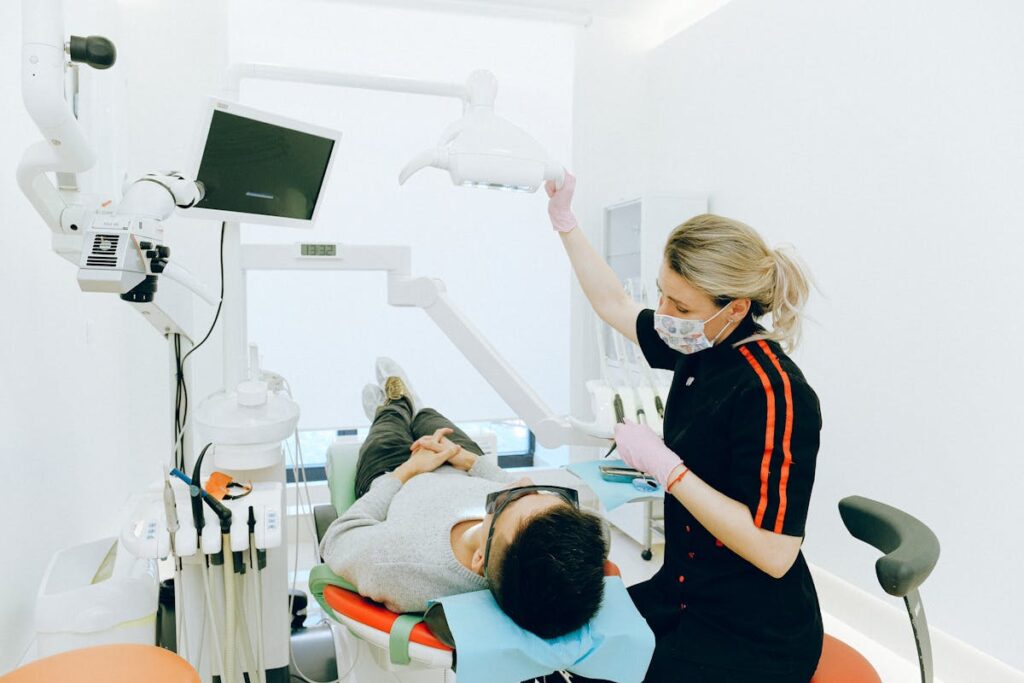
CAD/CAM Technology for Dental Practices
Incorporating CAD/CAM technology in dental practices signifies a notable progression in dental equipment, enhancing procedural efficiency and precision. Exploring the CAD/CAM technology implementation process uncovers its manifold advantages.
Implementing CAD/CAM Technology
Adopting CAD/CAM technology boosts efficiency and accuracy in restorative dentistry. Key to this shift are professional training and patient communication.
- CAD/CAM Training: Crucial is comprehensive staff training, encompassing understanding of equipment, software, and workflow adaptations.
- Patient Communication: Articulating CAD/CAM technology benefits and processes elevates patient comfort and acceptance.
- System Selection: Thorough evaluation of CAD/CAM systems is required to align with practice needs and budget.
- Maintenance and Upgrades: Regular system maintenance ensures optimal functionality. Staying current with upgrades increases practice efficiency.
Benefits of CAD/CAM
CAD/CAM technology in dental practices offers several benefits. It ensures precision and consistency in dental procedures, enhancing treatment quality. The technology reduces manual errors and increases process speed, optimizing efficiency. Dental professionals gain skills to effectively use this technology through CAD/CAM training, allowing them to accurately tailor treatments to specific patient needs. Lastly, CAD/CAM simplifies material selection for dental restorations, offering choices like ceramics and resins, leading to durable, aesthetic results and improved patient satisfaction.
Dental Lasers: An Indispensable Tool
Dental lasers, vital tools in modern dentistry, enhance procedures’ efficiency and patient comfort. They’ve transformed dental practices, but laser safety remains crucial to avoid tissue damage and ensure patient and dental staff safety.
Patients appreciate lasers due to their minimally invasive aspects. Lasers’ precision minimizes potential harm to nearby tissues, increases comfort, and speeds up healing.
The significance of dental lasers lies in:
- Efficiency: Dental lasers quicken procedures, saving patients’ time.
- Versatility: Lasers have multiple uses, from cavity preparation to periodontal treatment.
- Comfort: Laser treatments often require less anesthesia, resulting in less post-operative discomfort.
- Healing: Lasers’ sterilizing effect lowers infection risk, encouraging faster recovery.
The Role of Dental Practice Management Software
Dental practice management software is crucial in modern dentistry. It streamlines administrative tasks and enhances patient communication, thereby optimizing clinic operations. It efficiently manages patient data, schedules appointments, and organizes treatment plans, thus improving workflow efficiency.
Key feature of this software is patient data management. It offers secure storage and easy retrieval of patient details, including medical history, treatment, and payment data. The software adheres to stringent security measures ensuring data confidentiality.
These security measures encompass data encryption, secure user authentication, and regular system backups to safeguard against data loss or breach. The software solutions are typically HIPAA compliant, ensuring protection of sensitive patient data.
Additionally, dental practice management software integrates with other clinic digital tools, like imaging systems and billing software. This interoperability fosters a seamless practice, allowing dental professionals to concentrate on patient care rather than administrative tasks. Therefore, an all-inclusive, secure, and interoperable practice management software is vital in contemporary dental practices.
Importance of Sterilization Equipment
Sterilization equipment is vital in dental practices to adhere to health authority regulations, control infections, ensure patient safety and maintain a reputable practice.
- Regulatory adherence: Dental practices use sterilization equipment for compliance with health authority mandates, thereby avoiding legal issues.
- Infection control: Sterilization equipment eradicates harmful pathogens on dental tools, preventing patient cross-contamination.
- Patient safety: Sterilized instruments are crucial to mitigate health risks such as severe infections in patients.
- Reputation: Stringent sterilization practices bolster a dental practice’s reputation by prioritizing patient safety and satisfaction.
Investing in Quality Dental Chairs
Investing in high-quality dental chairs significantly improves patient comfort and dentist efficiency in modern dental practices. A well-designed chair enhances clinic aesthetics, impacts professional image positively, and aligns with interior design without compromising functionality or durability.
For optimal patient comfort, chairs should feature ergonomic design, adjustable sections, and adequate padding. Inclusion of advanced features like heating, massage functions, and multimedia entertainment can enhance patient experience.
Seamless integration of the dental chair with other practice technologies and equipment is essential. This allows the dentist to maintain an ergonomic posture, reducing work-related musculoskeletal disorders risk. Therefore, a quality dental chair investment is strategic for an efficient, patient-friendly practice.

Selecting the Right Dental Handpieces
The critical decision in selecting dental handpieces impacts procedure efficiency and quality. Consideration factors include handpiece power, speed, ergonomic comfort, durability, and maintenance needs. A thorough grasp of these factors guides procurement, enhancing productivity, patient satisfaction, and equipment longevity.
Handpiece Power and Speed
Selecting the right dental handpieces involves understanding handpiece power and speed dynamics. These factors impact not only precision and efficiency, but also handpiece lubrication techniques and noise reduction strategies.
- Power: Dental procedures demand different power levels. High-power handpieces suit crown preparations and extractions.
- Speed: The speed of the handpiece affects control and precision in dental tasks. High-speed handpieces cut hard tissues, while low-speed ones are for polishing and finishing.
- Lubrication: Proper lubrication techniques enhance handpiece longevity and performance.
- Noise Level: Implementing noise reduction strategies ensures patient comfort and safeguards dental professionals from auditory health risks. Prefer handpieces with low operating noise.
Ergonomics and Comfort
Ergonomics and comfort are critical in dental handpieces design to enhance practitioner’s dexterity and minimize work-related musculoskeletal disorders risks. Lightweight, well-balanced handpieces with a comfortable fit can decrease hand fatigue and boost precision. Integrating patient comfort strategies, such as low-noise, low-vibration handpieces, can reduce patient anxiety. Optimal ergonomic office design, with effectively placed equipment and an efficient operatory layout, facilitates easy access and movement. Technological advancements enable the merge of ergonomic and comfort considerations with operational efficiency in dental handpiece selection, leading to improved outcomes for dental professionals and patients.
Maintenance and Durability
When selecting dental handpieces, maintenance and durability factors significantly influence operational efficiency and cost-effectiveness.
- Lifespan: Superior quality handpieces typically have extended lifespans, reducing replacement frequency and costs.
- Maintenance: Regular, appropriate care prolongs equipment life. Consider ease and cost of upkeep.
- Warranty: Manufacturer’s warranty duration reflects product durability confidence. Longer warranties generally indicate higher trust.
- Material: High-grade materials enhance handpiece durability by resisting wear and tear.
Understanding these factors facilitates informed, cost-effective dental practice decisions.
Future Trends in Dental Technology
In the future, dental technology advancements will focus primarily on Tele dentistry and AI applications. Tele dentistry will transform patient care through digital platform integration, enabling remote consultations, diagnosis, and treatment planning. This will enhance dental care accessibility and patient comfort.
AI applications in dentistry will streamline procedures, increase efficiency, and reduce invasiveness. Automated patient screening and predictive analytics will provide dentists with precise, timely insights. AI-enabled dental equipment will improve dental imaging, leading to accurate diagnoses and improved patient care.
Frequently Asked Questions
What Is the Typical Cost of Setting up a Fully Integrated Dental Practice?
The cost to set up a fully integrated dental practice typically varies, influenced by factors such as practice efficiency and dental software choice. It can range from $250,000 to over $500,000 on average.
How Can Dental Clinics Maintain Patient Privacy While Using Digital Imaging Systems?
Dental clinics ensure patient privacy in digital imaging systems via robust encryption methods and strict patient consent adherence, preserving the confidentiality of digital records.
What Are the Environmental Impacts of the Disposal of Dental Equipment?
Dental equipment disposal, if improperly managed, leads to environmental pollution. Utilizing proper waste management strategies mitigates these impacts. Eco-friendly alternatives provide sustainable solutions for the dental industry’s disposal needs.
How Can Dental Practices Ensure the Safety of Their Patients When Using Dental Lasers?
Regular laser calibration, protective measures implementation, and staff training ensure patient safety in dental practices using lasers.
What Training Is Required for Dental Staff to Effectively Use Cad/Cam Technology?
Dental staff needs CAD/CAM technology training in software adaptability, user interface for accurate digital impressions, precise restorations, and improved patient outcomes. Proficiency is achieved through practice and continued education.
